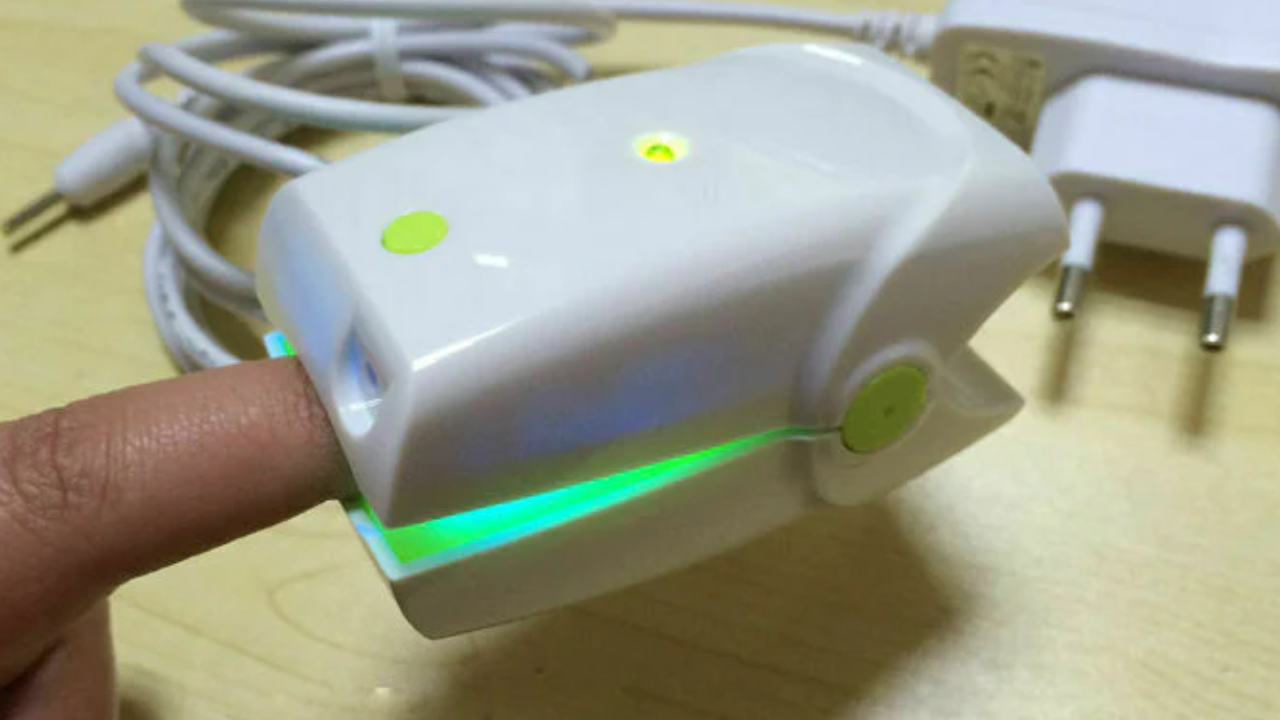Millions of individuals worldwide suffer from onychomycosis, the medical term for toenail fungus, which is a widespread and chronic ailment. Oral and topical antifungal drugs, which may have limits on their possible side effects and efficacy, are frequently used in traditional therapy procedures. However, home laser therapy alternatives for toenail fungus have emerged as a result of technological breakthroughs.
As a non-invasive and possibly successful substitute, at-home laser treatment for toenail fungus has grown in favor. To eliminate the fungus without damaging the surrounding tissue, these devices apply cold laser technology or low-level laser therapy. Inhibiting the fungi’s growth successfully, the laser light penetrates both the nail and the underlying skin.
Advantages of Laser Treatment for Toenail Fungus
Onychomycosis, the toenail fungus, is treated with laser therapy, which is becoming more and more common because of its many benefits over conventional therapies. Now let’s explore these benefits:
High Success Rates:
The exceptional success rates of laser treatment for toenail fungus are one of its main benefits. Laser therapy has been shown in clinical trials and real-world experiences to be a successful means of eliminating or dramatically reducing toenail fungus in a sizable proportion of individuals. To eliminate the fungus cells in the nail without endangering the surrounding tissues, the laser emits precise energy pulses. When compared to conventional therapies, this focused strategy helps to increase success rates.
Non-Invasive and Virtually Painless:
Laser treatment for toenail fungus is a non-invasive and virtually painless alternative to surgery or other intrusive procedures. Because laser therapy patients usually have less discomfort during treatment, it is a more attractive option for people who would prefer not to have to deal with the possible side effects of oral medications or the recovery period following surgery. After the process, which entails pointing the laser beam at the damaged nails, patients can get back to their regular activities right away.
Minimal Adverse Effects:
Whether used orally or topically, traditional antifungal drugs can cause a range of adverse effects, from rashes to stomach problems. On the other hand, laser therapy for toenail fungus is renowned for its negligible adverse effects. Because only the fungal cells are targeted by the laser, healthy tissues are spared and there are fewer negative effects. Because of this, laser therapy is an especially appealing choice for people who might be allergic to or intolerant of conventional antifungal drugs.
Timely and Convenient:
Toenail fungus laser therapy sessions are reasonably brief, usually lasting ten to thirty minutes each. Depending on the type of laser being used and the degree of the infection, different sessions may be needed. Since these brief treatments don’t require lengthy recuperation times or downtime, many patients value how convenient they are for their hectic schedules.
Targeted Precision:
The afflicted areas can be precisely targeted using laser treatment. The laser’s concentrated energy only damages the fungal cells in the nail bed, sparing the surrounding tissues. By ensuring that all fungal cells are fully addressed during the operation, this precision not only increases the efficacy of the treatment but also lowers the chance of recurrence.
No Systemic Medication:
Laser treatment for toenail fungus is a localized technique that does not require the insertion of pharmaceuticals into the bloodstream, in contrast to oral medications. For people who might be worried about possible systemic side effects from oral antifungal drugs, this is a huge advantage. A wider spectrum of individuals can benefit from laser therapy since it provides targeted treatment without exposing the body to medicines.
Appropriate for a Range of Situations:
Laser therapy for toenail fungus exhibits adaptability by successfully treating a range of situations, including mild to moderate infections. Because of its versatility, it can be a good choice for people who have not responded well to conventional therapies or who are looking for anything other than oral drugs. The procedure’s expanding reputation as a flexible and dependable toenail fungus treatment is partly due to its effectiveness in a variety of settings.
Last Summary
Laser therapy is a very good and gentle method for treating toenail fungus. For those looking for a dependable and practical treatment for this enduring ailment, it gives hope due to its high success rates, non-invasiveness, and low discomfort. Taking the use of laser therapy’s advantages could lead to healthier, fungus-free nails.
